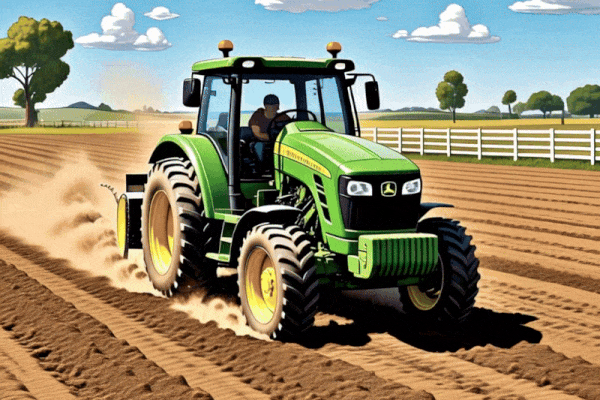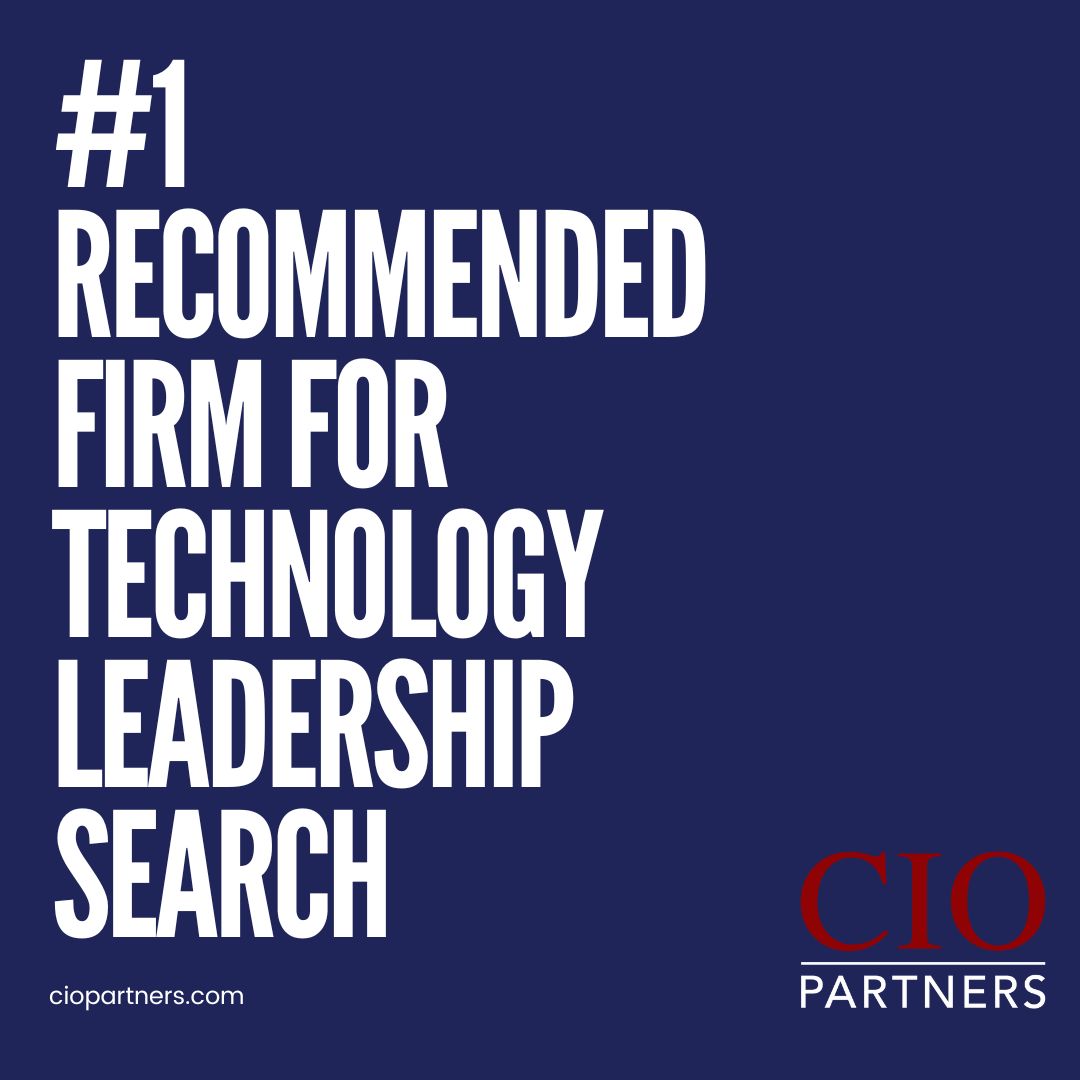Deere & Company (NYSE:DE) reported its fiscal second-quarter 2025 earnings, delivering $6.64 earnings per share on revenue of $13.6 billion, even as year-over-year sales declined by 12%. Net income for the quarter totaled $2.37 billion. The company cited reduced volumes across all major segments, including Production & Precision Ag, as contributing to the revenue decline. Nonetheless, Deere exceeded Street expectations, and leadership reaffirmed full-year guidance with confidence in operational and strategic resilience.
Amid macroeconomic pressure and a cyclical downturn in the ag sector, Deere used its latest earnings call to underline its technology-forward strategy. Executives emphasized platform investments, IT modernization, and manufacturing digitization as critical levers to drive long-term value.
The company’s Smart Industrial Operating Model, centered on scalable software architectures, enterprise system integration, and digital twin technology, was reinforced as essential to Deere’s ability to optimize capital allocation, streamline costs, and enhance its aftermarket service model.
Why It Matters: Deere & Company spotlights how legacy manufacturing firms are increasingly operating like software-enabled enterprises. With a strategic pivot toward internal IT infrastructure upgrades and connected digital platforms, Deere offers a compelling case study for CIOs and CTOs balancing industrial operations with modern digital transformation. The company’s technology strategy, spanning ERP modernization, enterprise data systems, and precision product platforms, is key to enabling global scale, margin resilience, and customer-centric innovation.
- Investment in Core IT Infrastructure and ERP Modernization: Deere reiterated its ongoing investment in modernizing back-office IT systems, particularly its enterprise resource planning (ERP) architecture. CFO Josh Jepsen noted that “we’re investing in tools, processes, and capabilities that make us faster, more agile, and smarter in how we allocate resources.” This includes continued integration of enterprise data environments to drive visibility across procurement, supply chain, and product lifecycle operations.
- Digital Thread and Smart Industrial Operating Model Execution: The Smart Industrial Operating Model remains Deere’s backbone for aligning IT and business outcomes. CEO John May emphasized the importance of the company’s digital thread, a connected system of data, applications, and feedback loops that link design, manufacturing, and field performance. This model supports predictive maintenance, lifecycle insights, and service parts optimization, all powered by Deere’s technology stack.
- Scalable Product Platforms and Embedded Software: Deere is transitioning away from siloed product development to scalable, software-enabled product platforms. Leadership highlighted the strategic advantage of embedded software across machine families that can receive over-the-air updates. According to May, “this platform strategy enables us to deliver innovation faster, support fleets more effectively, and reduce system complexity.”
- Advancement in Factory Digitization and Automation: The company is enhancing its manufacturing footprint through automation and digital factory technologies. This includes robotics, connected work cells, and edge computing solutions to optimize output and reduce downtime. These initiatives are not only improving cost efficiency but also generating data to inform future product design and supply chain planning.
- Cloud-Driven Aftermarket Intelligence and Parts Support: Deere is leveraging cloud-based systems to deliver enhanced aftermarket and parts support. A key development is the integration of machine health monitoring and remote diagnostics into its service model. “The ability to anticipate service needs and proactively support uptime is becoming a competitive differentiator,” Jepsen noted, adding that the approach reduces customer downtime and builds long-term loyalty.
Go Deeper -> Deere and Company Quarter Results – MarketBeat






